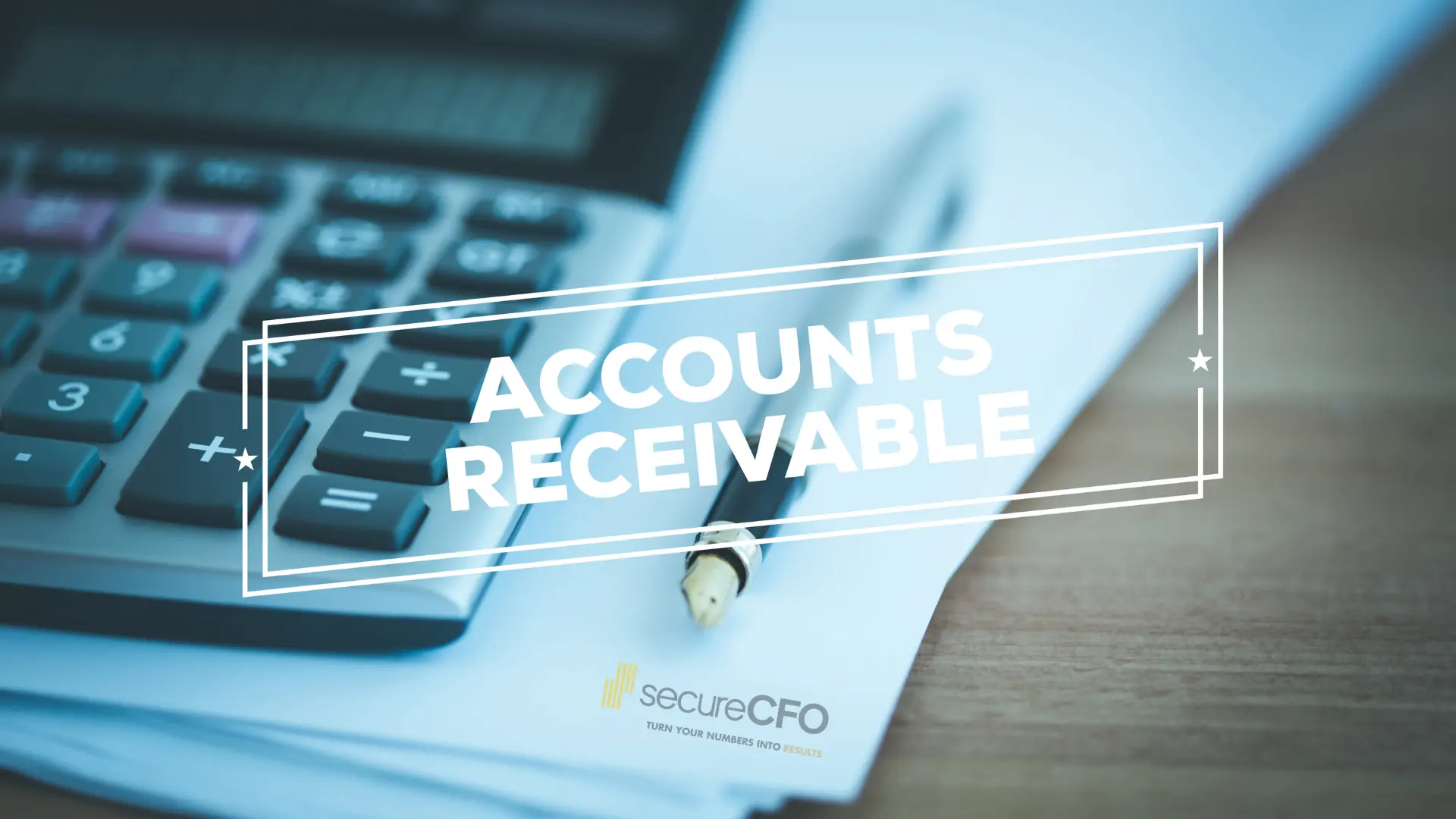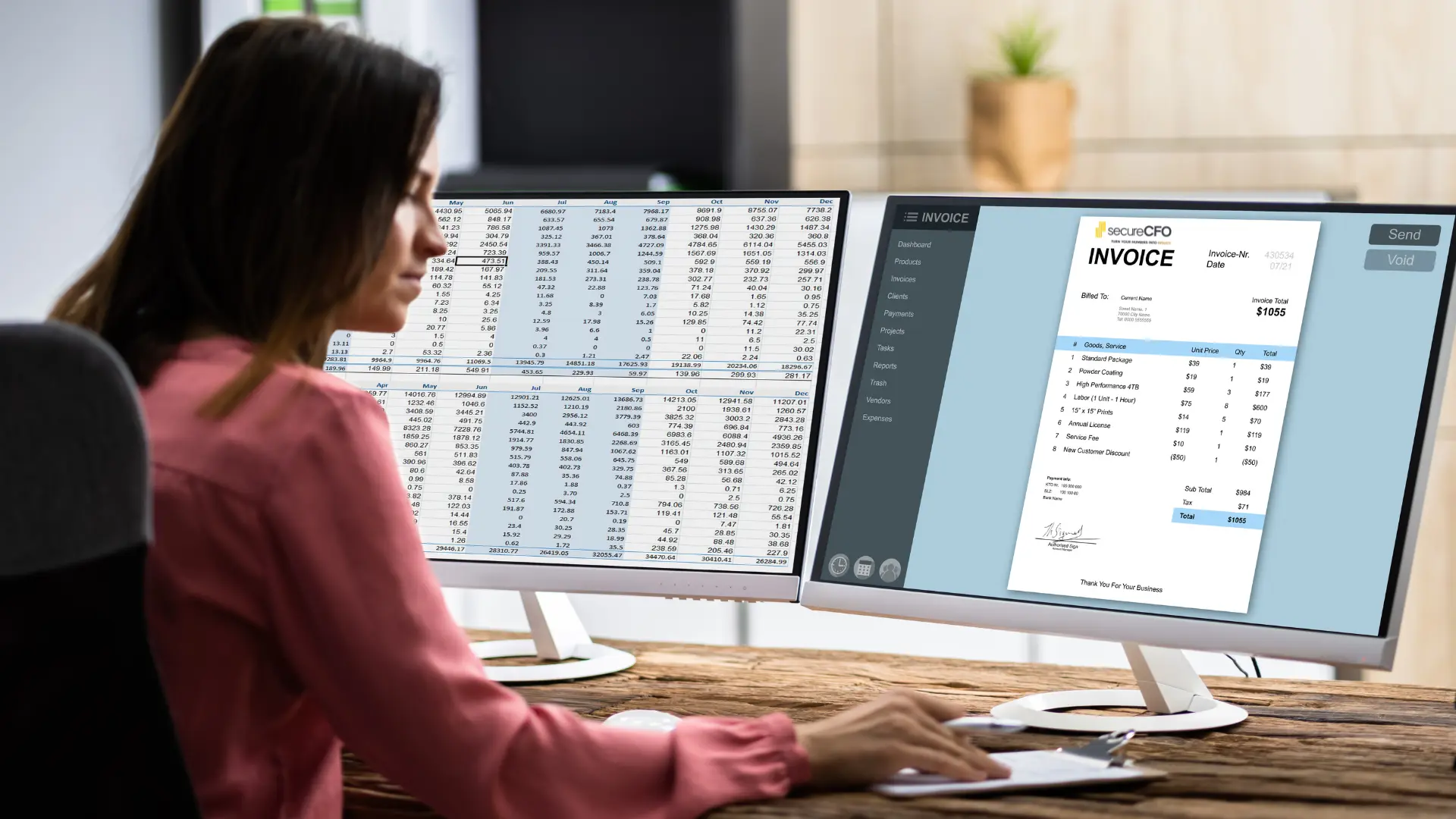
Accounts Receivable (AR) refers to the money customers owe to a company. In simple terms, it’s what a business deserves to receive because it has provided products or services but hasn’t been paid yet.
Usually, a customer receives a product or service & has a specific timeframe—such as 30, 60, or 90 days—to settle the payment. This period offers customers some flexibility to make their payments.

Accounts Receivable Terms and Definitions
What is Accounts Receivable? Accounts receivable can be defined as outstanding amounts for delivered goods and services that haven’t been paid for yet. Here are some helpful terms:
- Accounts Receivable Turnover Ratio: A metric showing how well a company collects receivables from its customers.
- Average Collection Period: Time taken by a business to receive payments from its customers.
- Current Liabilities: Debts & obligations owed by a business to creditors.

Some Accounts Receivable Examples
Imagine Mary wants to buy a $6,000 bike but doesn’t have the cash right now. The sellers allow her to pay in 30 days. During that time, they list the amount under accounts receivable. Once Mary pays up, that money moves back to sales or cash flow.
That’s ideal! But if Mary doesn’t pay within those 30 days? The money remains owed, leaving the company short. Hence, accounts receivable is kept separate from sales. The next move would be contacting Mary or perhaps even hiring a collections agency. Remember, companies selling on credit usually don’t have liens on property; they may not collect everything that’s owed.
Difference Between Accounts Receivable and Accounts Payable (AP vs. AR)
What is Accounts Receivable? In accounting, accounts payable (AP) & accounts receivable (AR) are opposites. When Company A buys services from Company B, Company B sends an invoice. Company A records this debt in accounts payable while Company B records it in accounts receivable waiting for payment.
How Does Accounts Receivable Work?
If your business invoices customers who then pay over time, you’ve got accounts receivable! Here’s how it works:
1. Create an Invoice: Make sure to include:
- Correct date
- Customer info
- Services provided
- Amount due
- Due date
- Purchase order details (if any)
- Contact info
- Payment terms
2. Debit and Credit Accounts:
- Debit AR for what the customer owes.
- Credit sales for that same amount.
3. Collect Payment: From your customer.
4. Adjust Accounts:
- Debit cash to show payment receipt.
- Credit AR to show reduced amount owed.
Tips for Collecting on Accounts Receivable Here are some strategies companies use:
Businesses can utilize various strategies:
1. Charge late fees or penalties for overdue payments.
2. Offer discounts for quick or early payments.
3. Implement an efficient follow-up process.
4. Use a reliable collections agency.
5. Employ an in-house or outsourced accounting firm for better tracking of accounts.
Risks and Benefits of Accounts Receivable
What is Accounts Receivable? Having lots of accounts receivable can be risky—it depends on how reliable your debtors are! Managing those outstanding invoices is key; “aging” AR means less chance of full payment.
So why offer credit if it’s risky? It can positively affect bookkeeping! AR is part of working capital and counts as an asset on balance sheets—giving trusted customers flexibility for large payments helps too! Some industries really thrive with properly managed AR
Is Accounts Receivable an Asset or Liability?
Even though it’s something owed by the customer, because AR can be turned into cash, it’s considered an asset. On a balance sheet, AR is listed under current assets. If turning AR into cash takes more than a year—it’s marked as long-term assets instead.
Need help managing your accounts receivable? SecureCFO offers expert outsourced accounting services tailored for small businesses—keeping you ahead in AR & other bookkeeping areas! Learn more about managing your accounts receivable with our free audiobook on financial success. Contact SecureCFO today to boost your profitability!
As a certified CFO, I bring a robust blend of expertise and accreditation to the table, ensuring that my strategic financial management and controller services not only aligns with industry best practices but also drives substantial value and innovation in the services sector. My certification is a testament to my commitment to excellence and my capability to navigate complex financial landscapes effectively, making me a trusted advisor in your journey towards greater profitability and business success.
Start mastering your financials today! Dive deeper into how outsourced accounting services can revolutionize your business strategy and lead to sustained profitability. Don’t wait, unlock your business’s full potential now!




